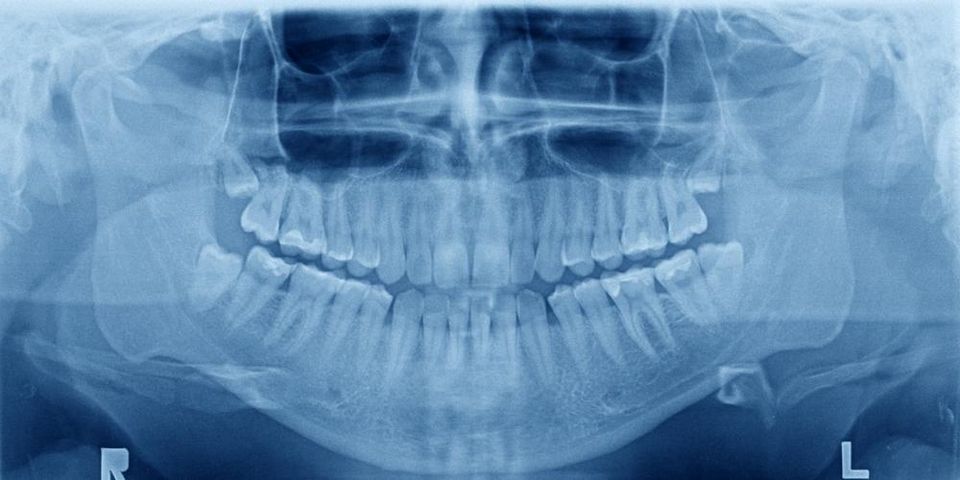Everything You Need to Know About Panoramic Dental X-Rays

During a routine checkup, your dentist takes X-rays of your teeth to identify oral health problems like cavities. While traditional X-rays require multiple pictures, a panoramic dental X-ray creates a single image that shows your entire mouth. Oral surgeons rely on this technique to spot potential issues and guide their next steps, whether you need wisdom teeth removal, jaw surgery, or dental implants. The following guide discusses everything you need to know about these images.
How Is the X-Ray Done?
A dental technician will position and secure your head, then insert a bite-blocker into your mouth to correct the alignment of your teeth. The machine’s rotating arm will travel in a semicircle around your head as the images are taken. This entire process lasts less than half a minute.
What Is the Benefit of Using This Technology?
A panoramic dental X-ray allows  your oral surgeon to take a picture of your mouth in one view. Unlike traditional imaging techniques, both the film and X-ray tube are outside your mouth. This approach limits the amount of radiation you are exposed to, meaning there are fewer side effects after the examination.
your oral surgeon to take a picture of your mouth in one view. Unlike traditional imaging techniques, both the film and X-ray tube are outside your mouth. This approach limits the amount of radiation you are exposed to, meaning there are fewer side effects after the examination.
What Are Some Common Uses for the X-Ray?
While this type of X-ray is not detailed enough to show cavities, it can show many other problems like tumors, cysts, infections, impacted teeth, and bone abnormalities in the mouth and jaw. This information helps your oral surgeon develop a treatment plan. A panoramic X-ray can also be used when planning for a realignment procedure like braces, as well as restorative treatments like dentures and dental implants.
To learn more about how panoramic X-rays provide valuable information for dental procedures like tooth extractions and implant insertions, schedule an appointment with an oral surgeon at Oral Surgery Associates of Alaska in Anchorage by calling (907) 561-1430. Their experienced team is certified to perform a wide range of smile-restoring treatments. Visit their website for more information about their services.
About the Business
Have a question? Ask the experts!
Send your question

